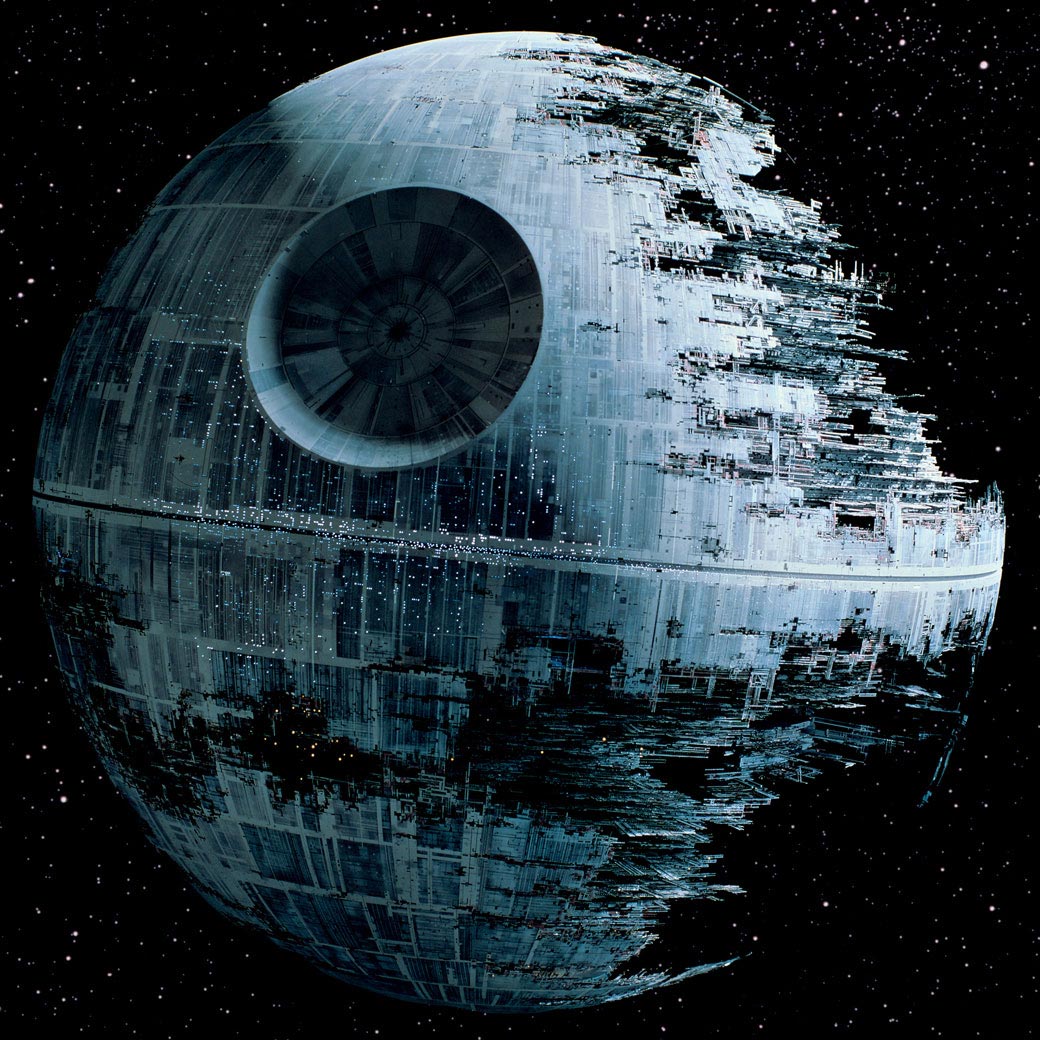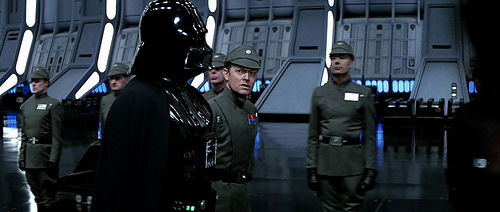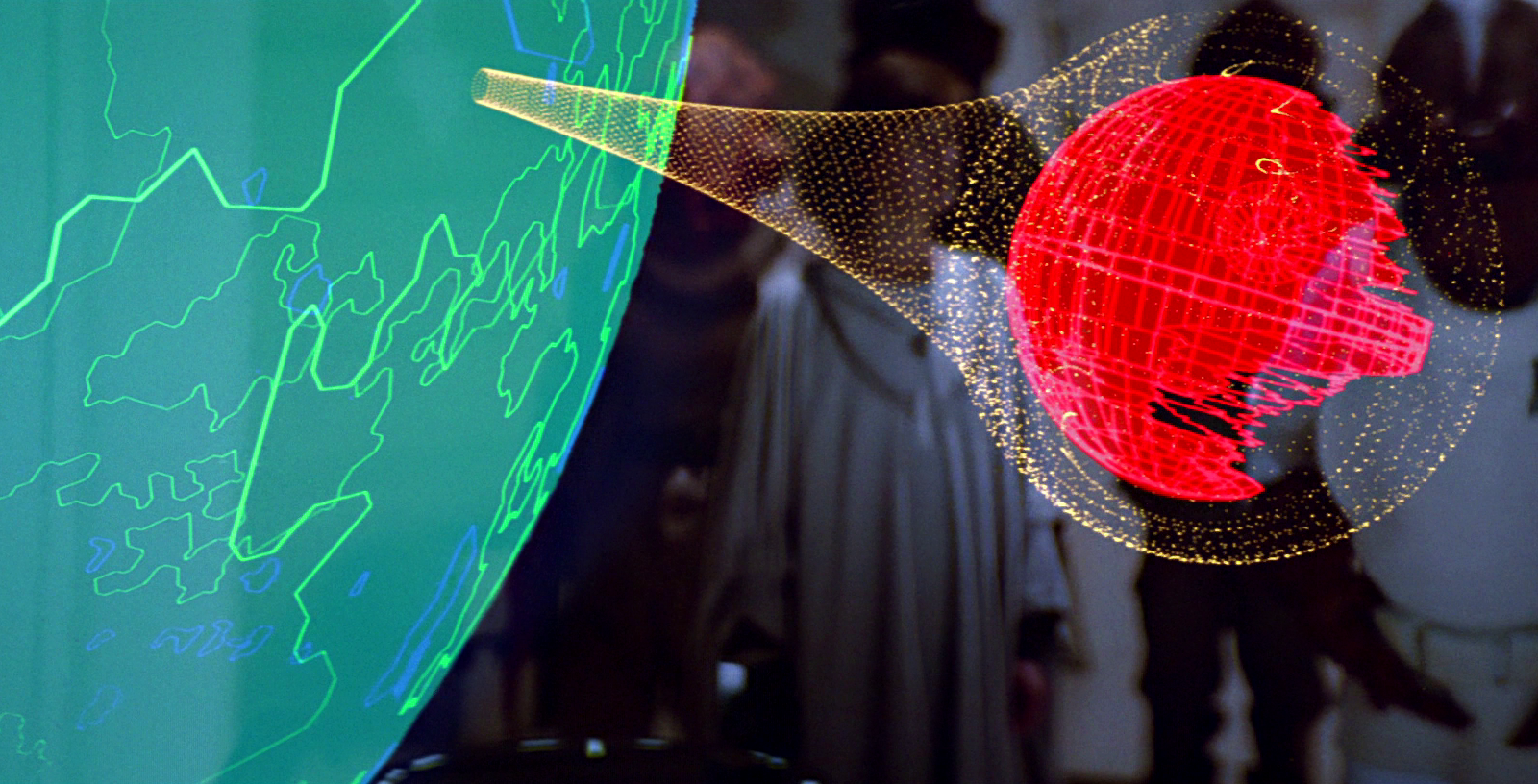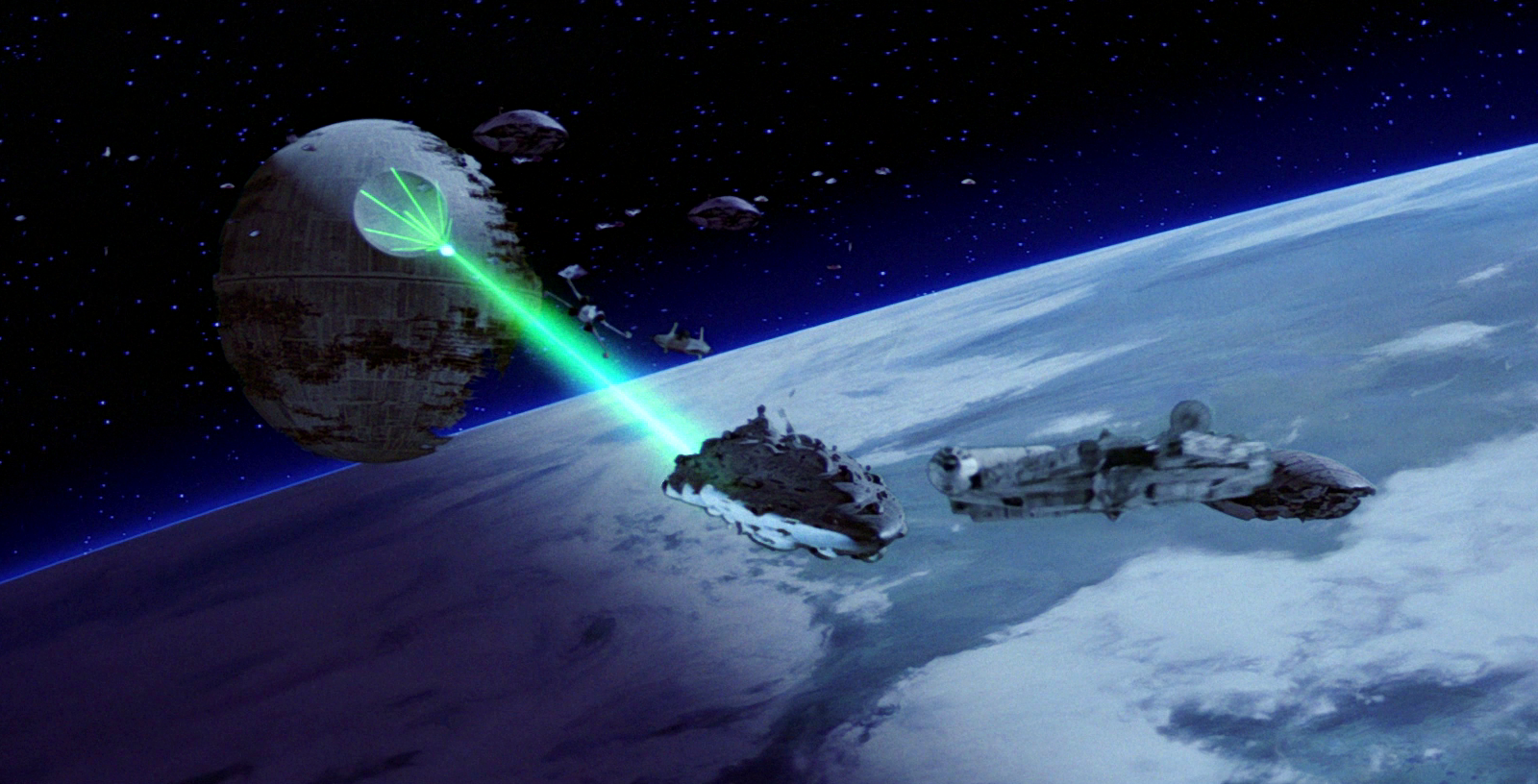
“I want it now!” Veruca Salt, Willy Wonka and the Chocolate Factory
It looms over all of our efforts – whether it’s a home improvement project, school project, or industry program – the Iron Triangle is there. To the simplest terms, it appears as a choice among Good, Fast, and Cheap, and you only pick two options. To those in the project management field, we know its true names – Time, Cost, and Scope – and we know it to be a balance among all three.
In Star Wars – Episode VI: Return of the Jedi, the Death Star II is already under construction. Moff Tiaan Jerjerrod is the project manager in charge of the overall Death Star II project. The primary stakeholder of the project is Emperor Palpatine, who has sent Darth Vader as a proxy to find new ways to motivate the project team.

As Vader arrives on the landing platform, Jerjerrod is there to greet him. They dispense with the pleasantries, and Vader informs the project manager that the primary stakeholder is displeased with the lack of progress. Jerjerrod responds by commenting that what the Emperor has requested is impossible and he needs more men to do the job.
The Iron Triangle, sometimes referred to as the triple constraint, outlines the limitations on a project as it relates to Scope, Cost, and Time. As there is no direct correlation to these three areas, they each have a different influence on the project. A project that has its scope clearly identified may cost a great deal in resources that must be purchased at great cost to meet a particular schedule.

The Death Star II, though spherical in shape, is no exception to the Iron Triangle, which affects its project management. The scope of the project is clearly defined as the construction of a battle station according to the specifications. The project timeline that the Emperor had given to Moff Jerjerrod to manage was not being met, which is why Vader was sent. The resources, both material components as well as manpower to execute the work, according to the project manager, was insufficient to achieve the originally committed timeline.
Good project managers always know that they must check-in with their stakeholders to review and manage expectations. If Moff Jerjerrod had been more direct with the Emperor about the schedule slippage due to a lack of manpower, as he was with Lord Vader, the Emperor could have assigned more men to the project and thereby enabled Jerjerrod to complete the project on schedule.

We know that the Emperor had sent a legion of his best men to act as the guardians of the base on Endor, immediately below the Death Star’s construction area. Most military units have mechanics, technicians, and other teams that could be leveraged in a construction effort. Assuming that the men sent to guard the moon base were equally capable as construction crews, what would have happened if that legion was utilized in construction efforts rather than standing around on guard duty?

Due to a lapse in the project’s management, there were vulnerabilities that may have contributed to the Rebel Alliance‘s victory. Had the battle station been already complete, perhaps the Rebels would not have dared attack. If the schedule outlined that the areas associated to the power core were supposed to be protected from starfighter attack at the time the Emperor arrived, then the risk to the station would have been mitigated. Perhaps there would not have even been a Battle of Endor, which would have saved an estimated one million lives on both sides of the fight.
The Iron Triangle is a malleable tool that can be used to justify changes to a project that has already been started. If a project requires more resources, as the Death Star II project did, then perhaps the Emperor could have given the Moff more men to catch up to the committed timeline. If the Emperor was not in a hurry to blow up a particular planet, he could have delayed his arrival at the Death Star II, which would have delayed the Rebel attack – as he knew that he was the primary target of their aggression. The scope of the project that Moff Jerjerrod was responsible for did not change, but the environmental conditions around the project did.

Ultimately, any project can fail if the elements of the Iron Triangle are not balanced correctly. The internal project management of the Death Star II did not account for these factors and the Empire was behind schedule. Not even the mighty Death Star was able to break the rules outlined by the Iron Triangle.
